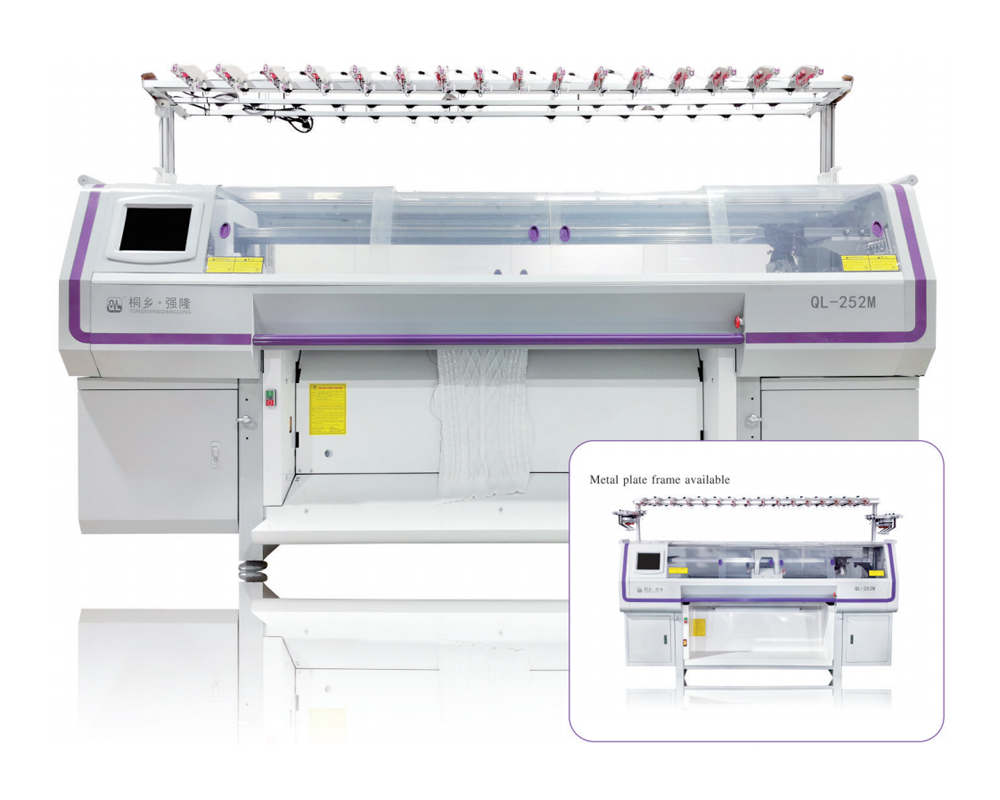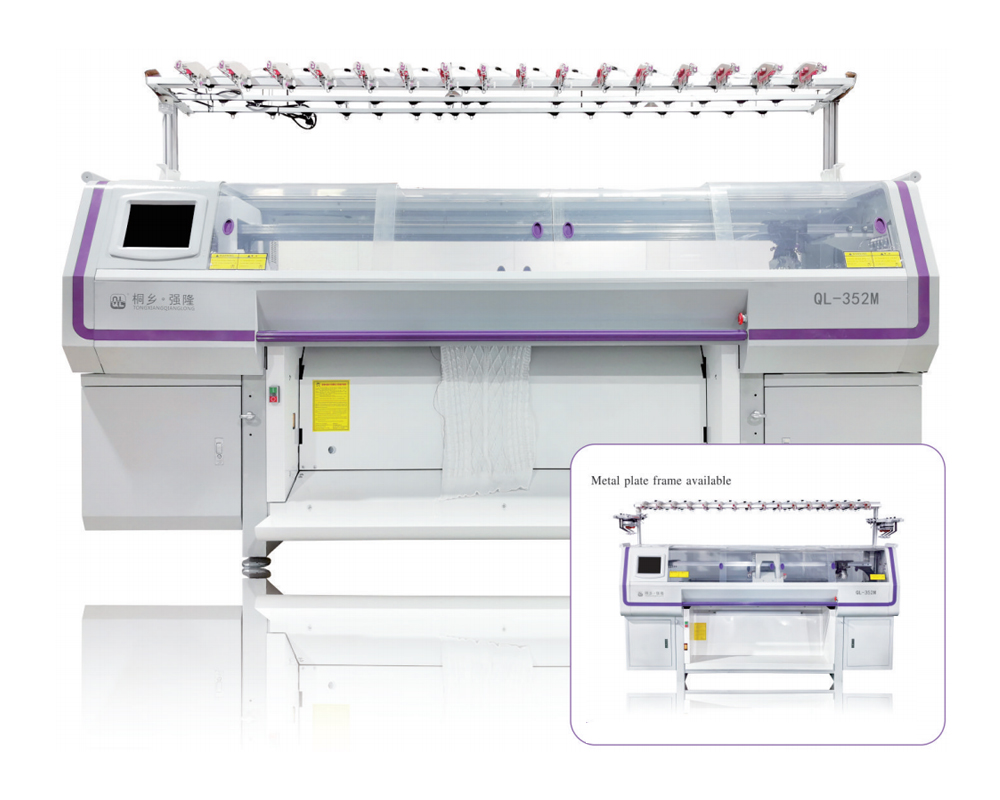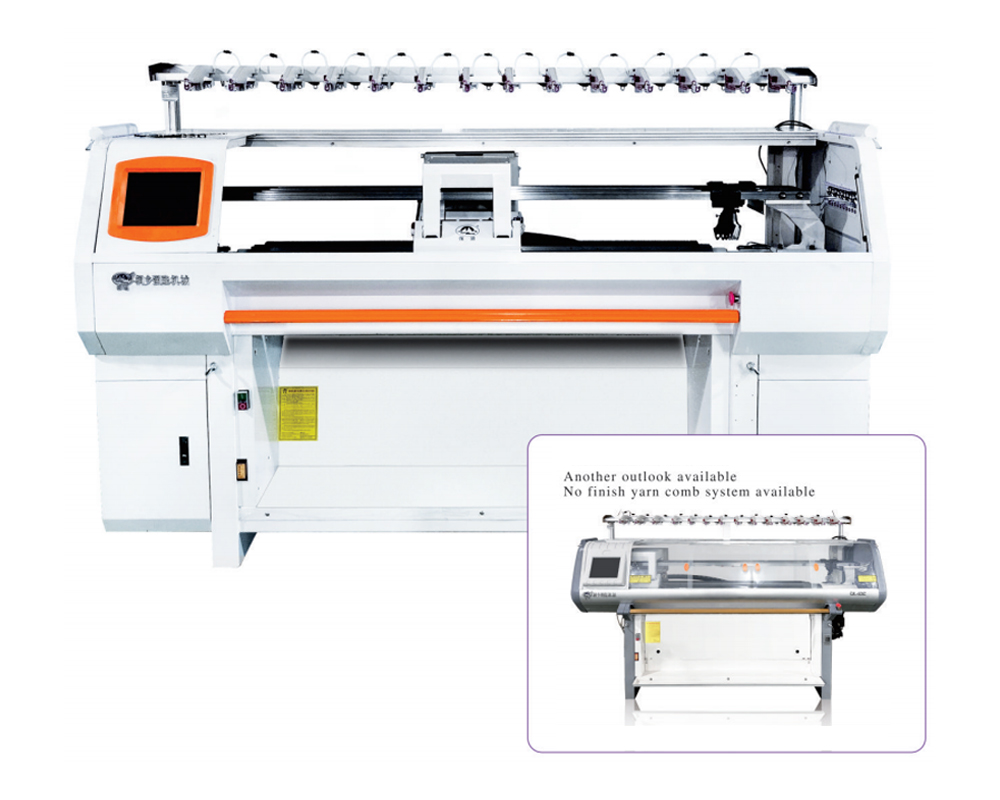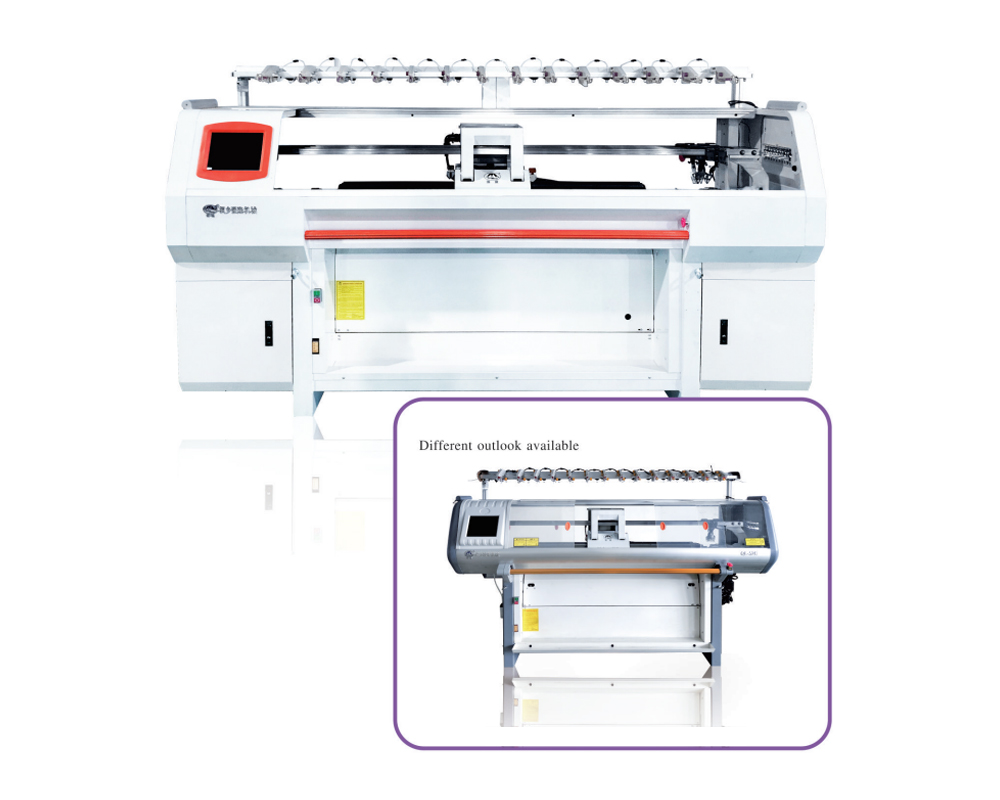Tongxiang Qianglong Machinery Co., Ltd. is high-tech China wholesale computerized flat knitting machine manufacturers, specialized in designing, developing, and manufacturing Knitting Machinery..
The textile and apparel industry is constantly evolving, driven by innovations that improve speed, efficiency, and design capabilities. One of the most significant breakthroughs of recent decades has been the computerized knitting machine. By combining advanced computer programming with automated knitting technology, these machines have transformed the way fabrics and garments are produced. Today, computerized knitting machines are not only a cornerstone of modern manufacturing but also a key driver of fashion innovation and customization.
What is a Computerized Knitting Machine?
A computerized knitting machine is an advanced textile machine that uses digital programming to control knitting operations. Unlike traditional manual or semi-automatic knitting machines, computerized versions allow users to upload digital patterns directly to the machine. These patterns are then translated into knitting instructions, enabling precise production of intricate designs at high speed.
They can handle different yarn types, stitch variations, and design complexities, making them ideal for industries that demand both large-scale production and creative flexibility.

Why is the Demand for Computerized Knitting Machines Growing?
The rise in demand can be attributed to several key factors:
-
Precision and Consistency
Computerized systems ensure every stitch is accurate, eliminating human error and guaranteeing product quality. -
Design Flexibility
Complex patterns, 3D designs, and multicolor fabrics can be created with ease. Designers can quickly test and modify digital files before production, saving time and reducing waste. -
High Productivity
Machines can run continuously with minimal supervision, producing large volumes at faster rates than manual methods. -
Customization Capabilities
Personalized designs—such as logos, names, and unique patterns—can be efficiently integrated into mass production, meeting consumer demand for individuality. -
Sustainability
By reducing fabric waste and allowing precise yarn usage, computerized knitting machines align with global efforts toward sustainable manufacturing.
Applications of Computerized Knitting Machines
The versatility of these machines makes them invaluable across multiple sectors:
1. Fashion and Apparel
- Sweaters, T-shirts, and Dresses: Designers can experiment with new textures, patterns, and structures.
- Luxury Fashion: High-end brands use computerized knitting for 3D seamless garments and innovative designs.
- Sportswear: Stretchable, breathable, and seamless fabrics are possible with precise digital control.
2. Home Textiles
- Blankets, pillow covers, and curtains with intricate patterns are produced with speed and consistency.
- Decorative fabrics benefit from the ability to incorporate digital patterns directly into woven structures.
3. Technical Textiles
- Automotive textiles, medical textiles, and industrial fabrics require precision and durability—qualities delivered by computerized knitting machines.
- Special applications include compression garments, protective wear, and even smart textiles with embedded sensors.
4. DIY and Small-Scale Production
- Hobbyists and small businesses use compact computerized knitting machines for customized products, online shops, and boutique collections.
Key Advantages of Computerized Knitting Machines
| Feature | Computerized Knitting Machine | Manual/Traditional Knitting Machine |
| Speed | High-speed automated knitting | Slow, depends on operator |
| Accuracy | Computer-controlled precision | Risk of human error |
| Design Capability | Complex, multicolor, 3D patterns | Limited to simple stitches |
| Customization | Easy integration of digital patterns | Requires manual adjustments |
| Waste Reduction | Optimized yarn usage, eco-friendly | Higher material waste |
| Labor Requirement | Minimal, semi-supervised | Labor-intensive |
This comparison highlights why computerized knitting machines have become essential in modern production lines.
Challenges in Adopting Computerized Knitting Machines
While the benefits are undeniable, some challenges remain:
-
High Initial Investment
The cost of purchasing and installing advanced machines can be significant, especially for small businesses. -
Technical Expertise
Operators need training in digital design software and machine maintenance. -
Maintenance and Upgrades
These machines require regular servicing and occasional software updates to ensure smooth operation. -
Energy Consumption
Large-scale machines can consume considerable power, though newer models are being designed with energy efficiency in mind.
The Future of Computerized Knitting Machines
The next generation of knitting machines is expected to integrate even more advanced technologies:
- AI and Machine Learning: Predictive algorithms will help optimize production schedules and reduce downtime.
- IoT Integration: Machines connected to smart factory systems will allow remote monitoring and predictive maintenance.
- Sustainable Yarn Integration: Growing demand for eco-friendly fibers like organic cotton, bamboo, and recycled polyester will push machine makers to optimize compatibility.
- Mass Customization: As consumers increasingly demand personalized products, machines will be able to quickly adapt to small-batch, customized orders without losing efficiency.
- 3D Knitting: Seamless 3D garment knitting will become more common, eliminating the need for cutting and sewing in many cases.
Conclusion
The computerized knitting machine is far more than just an upgrade to traditional methods—it represents a revolution in the textile and fashion industries. By merging digital technology with textile production, these machines enable precision, creativity, efficiency, and sustainability on a scale that was once unimaginable.
As industries continue to embrace digital transformation, computerized knitting machines are set to play a central role in shaping the future of fashion, home décor, and technical textiles. Whether in large-scale factories or small boutique workshops, they empower creators to turn digital imagination into tangible fabrics that combine artistry with innovation.

 English
English 简体中文
简体中文
 Chinese
Chinese English
English











